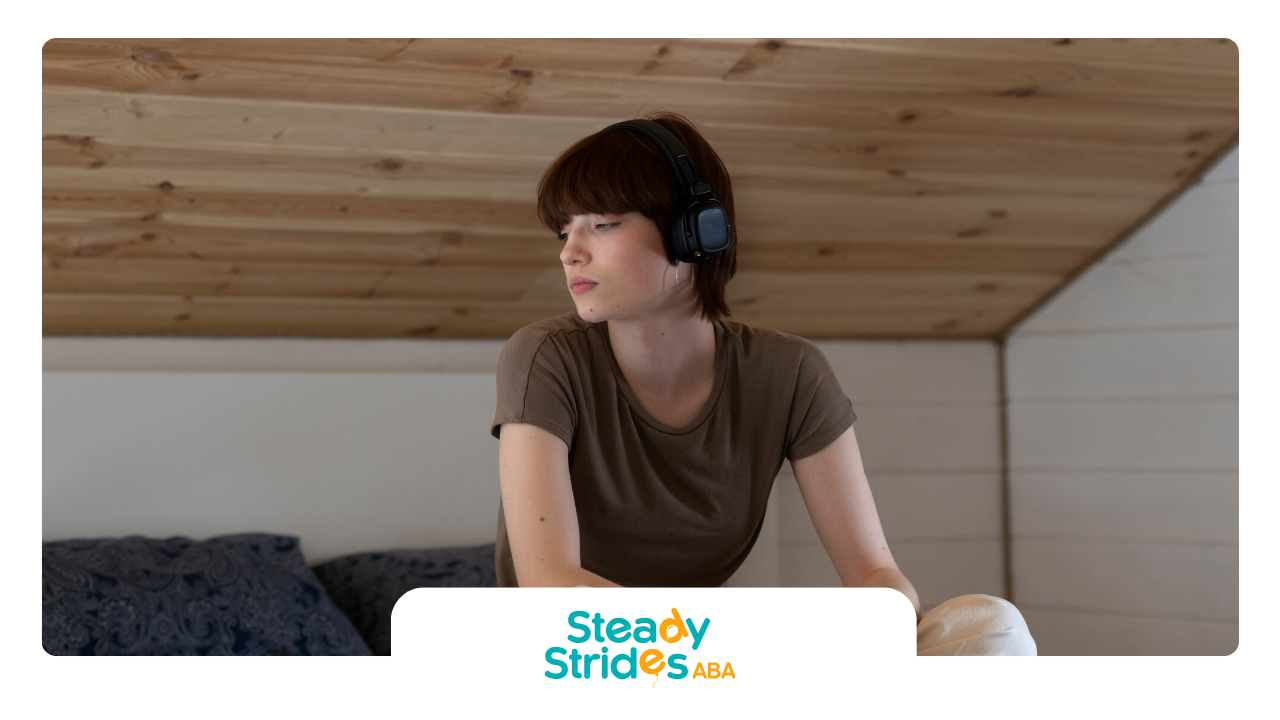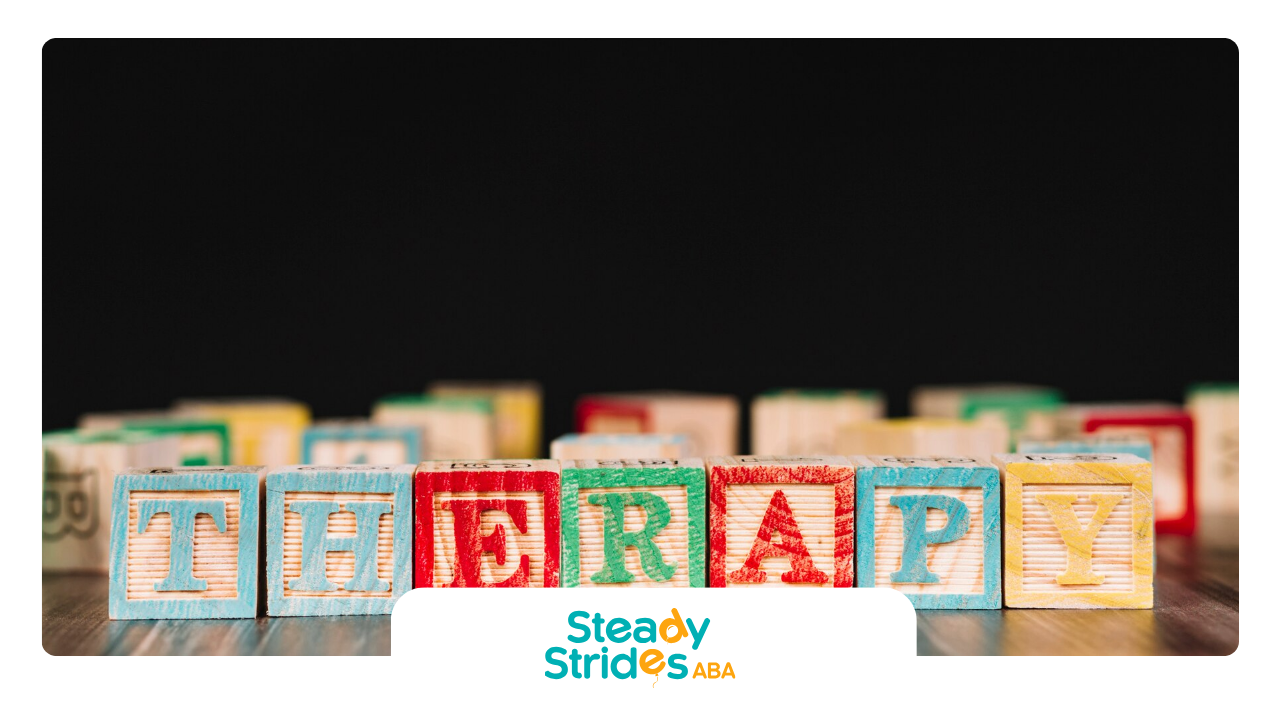Key Highlights
- In-home ABA therapy offers a comfortable, familiar setting for children with autism to learn and grow.
- ABA therapy, considered the gold standard for autism treatment, uses positive reinforcement to teach new skills.
- Parents are vital in in-home ABA therapy, creating a supportive environment and working closely with therapists.
- This guide helps parents understand in-home ABA, set goals, use ABA techniques, and track their child's progress.
- We'll also explore the roles of family members, highlighting the importance of family involvement in therapy.
Introduction
Starting in-home ABA therapy for a child with autism spectrum disorder is very important. It is essential for parents to understand ABA therapy and how it uses positive reinforcement. By setting up a safe and organized space at home, parents can help make therapy sessions successful and support their child's growth. This guide offers useful information about in-home ABA therapy and encourages parents to take an active role in their child's journey.
Understanding the Basics of In-Home ABA Therapy
In-home ABA therapy uses applied behavior analysis strategies and takes place in a child's home. This method uses a child's familiar surroundings to teach new skills and reduce problems. In-home ABA therapy is designed to meet each child's specific needs. It focuses on developing important skills like communication, social interaction, and daily living abilities. When children with autism receive therapy in a comfortable spot, they can learn and make progress better. Parent training is also a key part of in-home ABA therapy. It provides parents with the tools and methods they need to help their child outside of therapy sessions.
The Significance of ABA in Autism Spectrum Disorder Treatment
Applied Behavior Analysis (ABA) is the best option for treating autism. ABA therapy uses behavior analysis to understand behaviors and how to change them. Therapists use positive reinforcement to help children with autism spectrum disorder. This means they reward kids for positive behavior, which encourages them to do it again. It is important to start ABA therapy early for children with autism. It can lead to big improvements in social skills, communication, and daily living.
Differentiating In-Home Therapy from Clinical Settings
One important difference between in-home ABA therapy and therapy in clinical settings is the focus on the natural environment. Clinical settings offer a controlled space for therapy. In contrast, in-home therapy happens in the child’s home. This setting is more comfortable and natural. It helps therapists adjust sessions to fit the child’s needs and daily routines. For example, a therapist can work with a child on communication skills during meals or help develop social skills with siblings while they play. In-home ABA therapy encourages children to use what they learn in therapy in different parts of their lives.
Preparing Your Home for ABA Therapy
Getting your home ready for in-home ABA therapy is very important. It helps create a good space for the child. This space should be comfortable and familiar, making the child feel safe and supported. Parents should also think about the resources and materials they will need for therapy sessions. Having the right tools and a dedicated therapy space can greatly improve the in-home ABA therapy experience. These preparations help ensure a positive and helpful therapeutic experience for the child.
Essential Tools and Resources for Beginning Therapy at Home
Gathering the right tools and resources is very important when starting in-home ABA therapy. These resources help therapists use good strategies. For instance, visual schedules can help children with autism see the order of activities and changes during the day. Using a timer can teach children about time and help them finish tasks within a certain time. Having a dedicated therapy space, like a quiet corner or a special table, offers a good place for learning. Parents should collaborate with their ABA therapist to find the best materials and resources to fit their child's needs and support their learning goals.
Creating a Supportive and Learning-Friendly Environment
Creating a good and friendly environment at home is important for effective in-home ABA therapy. A comfortable space where your child feels safe helps them participate in therapy better. You should aim to reduce distractions and keep a calm atmosphere to help them focus and learn. Here are some tips for making a supportive environment:
- Minimize distractions by lowering noise and keeping things tidy.
- Set up a regular routine for therapy sessions to provide stability.
- Use
positive reinforcement to motivate your child. Don’t forget to celebrate their wins.
- Keep in touch with the ABA therapist to quickly address any concerns.
Step-by-Step Guide to Implementing ABA Techniques at Home
Now that you have made your home ready, let’s see how to bring ABA techniques into everyday life. This means working closely with an ABA therapist. They will help guide you through the steps. When parents understand and take part in therapy, they become important partners in their child's growth. Using ABA techniques regularly can help improve the child's behavior and overall development.
Step 1: Collaborating with ABA Therapists to Set Goals
Working with the ABA therapist is very important in in-home ABA therapy. This teamwork helps the therapy meet the child's special needs and keeps the family involved. The ABA therapist will share ideas and plans with family members. Together, they will create a detailed treatment plan. This plan will include clear goals, strategies, and ways to track progress. The therapist will look at the child's strengths, challenges, and any important medical or development history. A clear treatment plan helps ensure everyone is focused on the same goals.
Step 2: Integrating ABA Practices into Daily Activities
Integrating ABA practices into daily routines is very important. It helps learning to occur naturally in a child's life. This means using ABA strategies not just during therapy sessions but in everyday activities too. Parents and caregivers can use positive reinforcement by praising the child for desired behavior. For example, they can give praise when the child uses words to ask for a toy or waits patiently for their turn. By adding ABA principles into daily life, parents and caregivers support learning all the time.
Conclusion
In conclusion, parents are very important in making in-home ABA therapy successful for kids with autism. By knowing the basics, getting the home environment ready, and joining in therapy sessions, parents can build a helpful and good learning space. Working together with ABA therapists, using ABA techniques in daily routines, and giving ongoing support are essential steps to help the child grow. With hard work and dedication, parents can enhance the benefits of in-home ABA therapy and play an important role in their child's growth and development. If you have any questions or need more help on starting in-home ABA therapy, feel free to ask for support.
Frequently Asked Questions
What Basic Equipment is Needed for Starting In-Home ABA?
Basic equipment for starting in-home ABA therapy usually includes things like visual schedules, timers, and various toys and rewards that fit the child's interests. These tools are important for using ABA strategies well at home. They help create a structured and engaging learning experience.
How Can Parents Support Their Child's Progress in ABA Therapy?
Parents can help their child's development by being involved in parent training. They should regularly use the reinforcement techniques taught by the therapist. Keeping in touch with the therapist about their child's needs is important too. It's also vital to create a positive and supportive home environment.












